|
|
For appliances having a heated surface that supports the textiles, eight layers of textiles are! r: w" k2 Z4 ^& Q! f0 V
used. For appliances in which the textiles are dried by a warm airflow, two layers of textiles9 u( V- N* H! s7 ?4 _
are placed on the heating element guard or over the air inlet if the heating unit is located
, I1 x) p; w2 k6 E, vabove the textiles.' b$ ~+ {7 A+ G# `; `3 c. m
The test is carried out with the textiles completely covering the guard or air inlet and then with
% }1 B% t8 a% c9 w; i1 Dthe textiles covering 80 % of the area of the guard or air inlet.
' Y& N) q! @3 a. j+ a6 c6 CNOTE 101 Different positions of the textiles are taken into account.
F. m* x5 {: F- iAppliances incorporating a fan are also tested without the motor operating, the guard or air3 x" s+ j" N6 m S, h* `' K
inlet being uncovered. f* j. V; Y' C" q$ q! y
Appliances in which the heating unit is located above the textiles are also tested with two' O2 N* E5 D9 W& h' w& P5 u& H
layers of textiles placed over the rails. The rails are raised by 50 mm above their normal% P0 e2 _8 r) T/ {; m5 P) a1 @
position or through the maximum distance allowed by the construction, whichever is less.1 [ R( }4 ]3 q C3 T
Wall-mounted appliances that are folded when stored are also tested in the folded position
& [ U4 R0 a! A0 b4 uwithout textiles+ K `2 v1 E2 A( [ \2 N6 K+ O1 x/ q: s
( R8 n# f7 v4 S% k- k5 W( d7 } |
|



 窥视卡
窥视卡 雷达卡
雷达卡 发表于 2021-2-22 14:02
发表于 2021-2-22 14:02
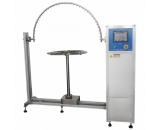

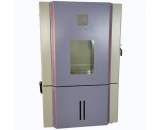

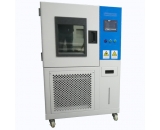

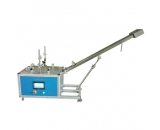

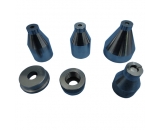






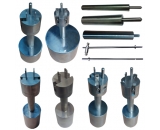
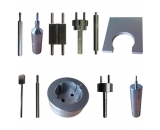
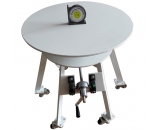
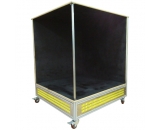

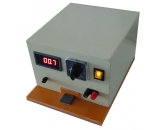
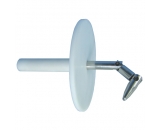
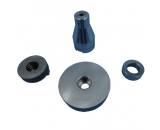
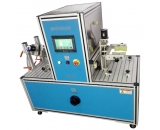
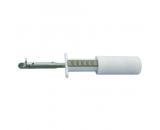
 提升卡
提升卡 置顶卡
置顶卡 沉默卡
沉默卡 喧嚣卡
喧嚣卡 变色卡
变色卡 抢沙发
抢沙发 千斤顶
千斤顶 显身卡
显身卡 楼主
楼主













